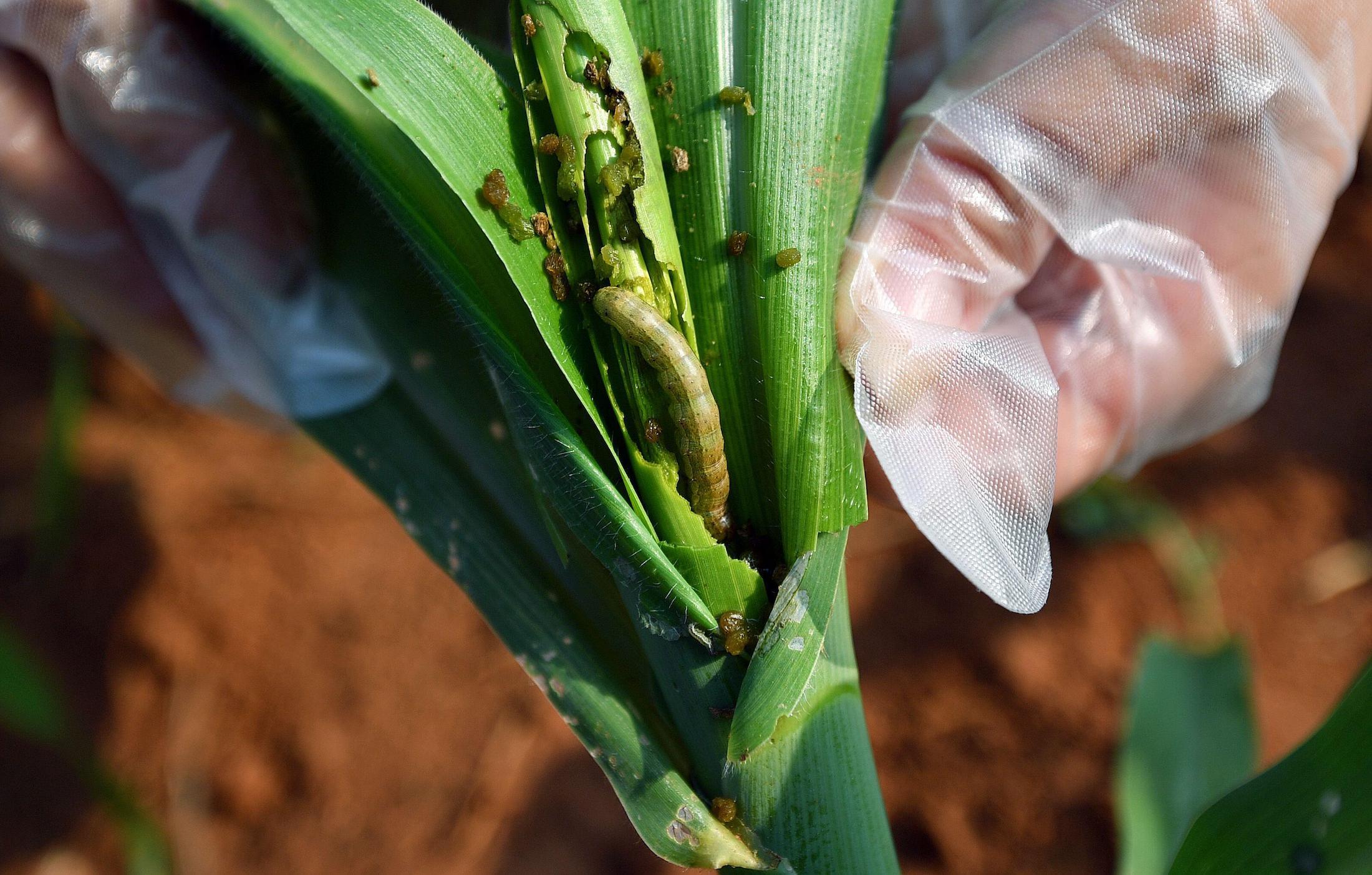Parisians were ordered to stay inside as a part of the French capital was sprayed with insecticide for the first time last week to control the spread of dengue-carrying tiger mosquitoes, which have advanced through north-eastern Europe in recent years. Meanwhile, in the US island state of Hawaii, the spread of non-native grasslands has been blamed for providing the perfect fuel for wind-driven fires that killed at least 115 people and destroyed the town of Lāhainā on Maui.
These are two examples in the past month of the impact on human lives and nature caused by invasive alien species. And according to a major new report by international scientists, the impacts are set to worsen as international trade, climate change and other human activities cause ever more plants and animals to move or expand their habitats.
Though more than 37,000 species are considered “alien”, meaning they have been introduced to new countries or ecosystems by human activities, it is a subset of some 3,500 of these that scientists are flagging as “invasive alien species” due to the harms they cause to humans and nature.
The report was produced by the Intergovernmental Science-Policy Platform on Biodiversity and Ecosystem Services (IPBES), a body established in 2012 to improve policymaking in relation to biodiversity.
Of alien species, about 6% of plants, 22% of invertebrates, 14% of vertebrates, and 11% of microbes are known to be invasive, according to the report. The most common alien invasive species is water hyacinth, which is native to the Amazon, followed by another plant, the lantana. The most invasive mammal is the black rat, followed by the house mouse and brown rat.
The report authors note that prevention was the best solution to the problem, and recommend an integrated mitigation approach that involves the trade and transport sectors.
Extinction driver
Invasive alien species are one of the five major drivers of biodiversity loss identified in IPBES’s landmark report of 2019, along with habitat degradation, pollution, climate change and exploitation. The scientists’ latest assessment found that they have been a major factor in 60% – and the only driver in 16% – of global animal and plant extinctions recorded, while at least 218 invasive alien species have been responsible for more than 1,200 local extinctions.
Examples include the brown tree snake, which caused the global extinction of the Guam flycatcher, and decimated populations of other birds on the Pacific island of Guam; while the black rat was responsible for the global extinction of rice rats endemic to the Galapagos Islands.
Invasive alien species also negatively affect people’s health and quality of life. Mosquito species, for example, are spreading malaria, Zika and West Nile Fever. In many cases, they are damaging livelihoods. In Lake Victoria, the spread of water hyacinth has caused stocks of tilapia fish to fall.
According to Professor Helen Roy, co-chair of the IPBES assessment, the situation is going to get considerably worse. Some 37% of the 37,000 alien species known today have been reported since 1970, largely caused by rising levels of global trade and human travel. Even if the introduction of new alien species was halted, already established alien species will continue to expand their ranges, she said.
However, the report warns that current growth will speed up, catalysed by the accelerating global economy, expanded land- and sea-use change, and demographic changes. Global warming will be a major factor in further spread, they say. For example, the fall army worm – a voracious consumer of crops – has spread from Australia to New Zealand and is no longer being killed off over winter as temperatures have risen.

Moreover, the scientists note that invasive alien species and climate change interact, for example, by causing more intense and frequent wildfires, which release CO2 into the atmosphere.
Report co-chair Anibal Pauchard said that in his home country of Chile, fires are becoming harder to control. “The growth of these invasive alien trees and shrubs or grasses is tremendous. After the fire, you have even more invasive species, which re-sprout or spread from seeds because they have evolved in these conditions. In a matter of three or four years, you can have another tremendous fire,” he said.
Underestimated problem
The report marks the culmination of four years of work with more than 200 contributing authors from around the world. IPBES embarked on the assessment in recognition that threats from invasive alien species are “underappreciated, underestimated, and often unacknowledged”.
The issue has been targeted for global action. For example, governments agreed through the 2010 Aichi biodiversity targets to identify, control or eradicate invasive alien species by 2020, and put measures in place to prevent further introductions and spread.
However, though an official stocktake in 2020 noted progress in identifying species in terms of risks they present, and in eradicating some, it stated that such successes represented only a small proportion of problematic species, and that there was no evidence the number of new introductions was slowing.
The new global deal for nature agreed at COP15 in Montreal last year includes a target to reduce the rate of introduction and establishment of invasive alien species by at least 50% by 2030. IPBES hopes that its assessment will provide robust scientific knowledge to help countries and stakeholders achieve this.
Though most countries (80%) have targets in their national biodiversity strategies to manage biological invasions and all have databases of invasive alien species, the majority (83%) have no specific national legislation or regulations on such species. Nearly half (45%) do not spend money on managing new invasions of species, according to IPBES.
Scientists recommend prevention as the best action against invasive species, for example, through border biosecurity and strictly enforced import controls. Preparedness, early detection and rapid response have been effective at reducing rates of alien species establishment. The report spotlights the international ballast water convention as an example of a successful prevention measure.
Ballast water, which ships keep in their hold to help provide stability during a voyage, has been responsible for transporting many invasive alien species, for example, the zebra mussel, which has become widespread in the Great Lakes of North America. The mollusc has spread a fatal disease to waterfowl and can cause skin injuries to recreational swimmers and commercial fishers.
Ambitious progress in tackling invasive alien species is achievablePeter Stoett, co-chair of IPBES assessment
The convention was adopted by the International Maritime Organization (IMO) in 2004 and came into force in 2017. It requires ships to eliminate organisms in their ballast water before discharging it. The legally binding convention is credited with an 85% fall in new alien species in the Great Lakes following implementation by Canada and the US. The treaty has been ratified by more than 60 countries, representing more than 70% of world merchant shipping tonnage, according to the IMO.
“One of the most important messages from the report is that ambitious progress in tackling invasive alien species is achievable,” said third co-chair Peter Stoett. An integrated approach, across and within countries, and involving multiple sectors including trade and transportation, human and plant health, and economic development, would have far-reaching benefits, he said.
Professor Melodie McGeoch, one of the authors of the report, said it was unlikely the target on invasive species in the Kunming–Montreal deal would be met by 2030. However, she was optimistic that good progress could be made, given that the targets were a continuation of previous ones dating back to 2010, and earlier.
“We are confident that we will increasingly put in place measures and adopt approaches to bring about significant progress towards dealing with this challenge,” she said.









